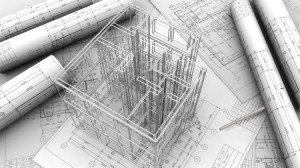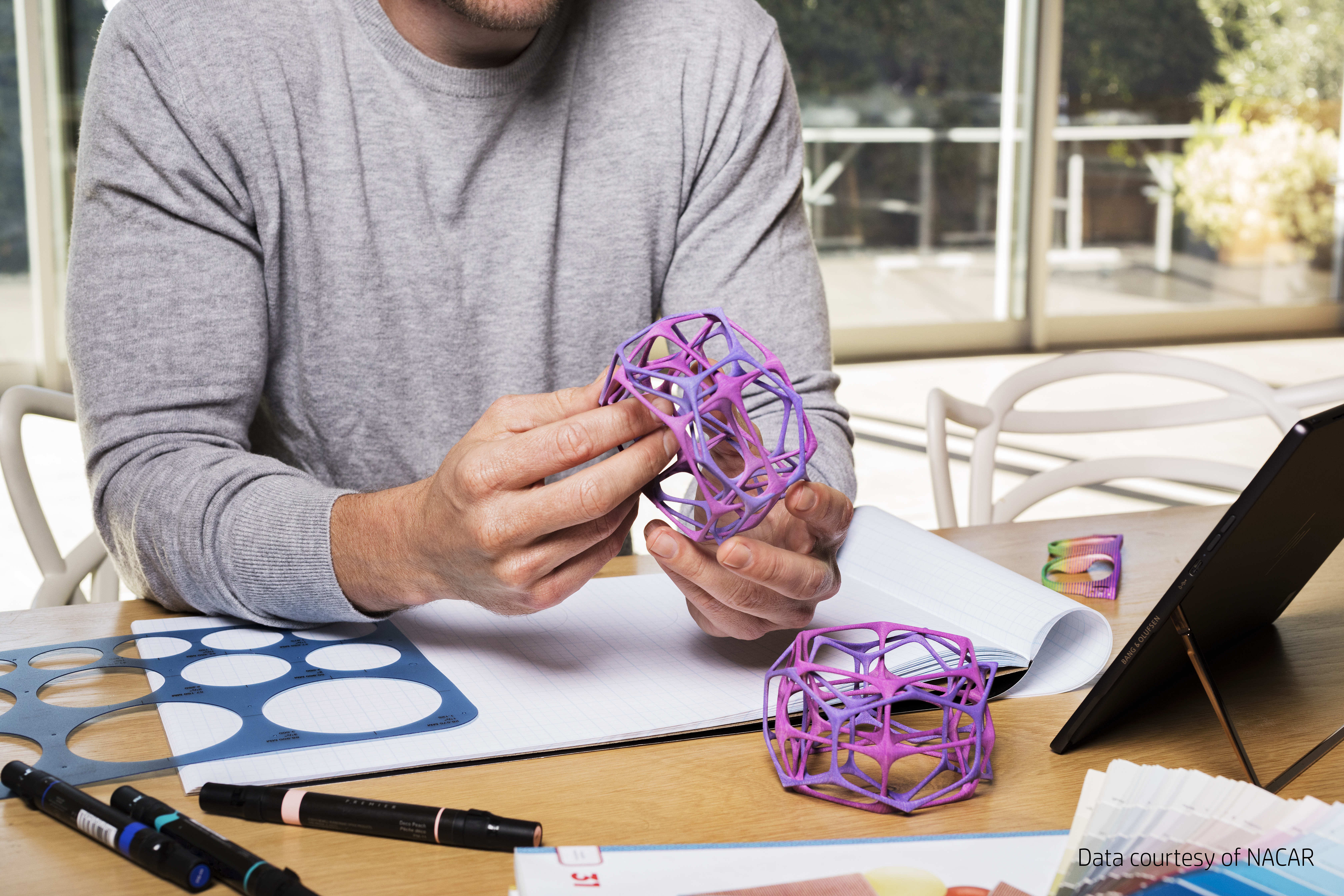According to Benjamin Moore “Gray is undoubtedly one of the most popular paint choices these days. And, with a wide variety of depths and undertones to choose from, it’s easy to see why gray has surpassed beige as the most popular neutral.”
As with most things, this got me thinking about wide format printing, and how gray plays such an important role in wide format architectural designs and construction plans.
I was listening to a panel discussion of reprographers recently as they answered questions about the production-level, color wide format printers they’ve invested in recently. When asked about their typical clients, all responded with “AEC Firms.” No big surprise there. What was interesting however, was their description of the type of printing they were doing for AEC. Several said they were using their color printers for printing monochrome plan sets. Not black & white monochrome though. They were talking grayscale.
You see, unlike toner-based, black & white printers that create levels of gray by adjusting the contrast for black ink, the color printers actually print true gray as a color. And, true neutral gray is one of the toughest colors to achieve because it uses all four colors on a printer, and they have to be perfectly balanced.
What you end up with is, smooth transitions in shaded areas, distinctive shadows, and realistic grayscale isotropic images that leap off the page.
 Best Practices for printing grayscale
Best Practices for printing grayscale
It starts with the printer of course. While all color printers can produce various levels of gray, they can’t all achieve smooth gradations between light and dark areas. Ink Jet technology is proven to be your best for it’s ability to print true neutral grays.
Select the right media. Most printers can now print on inexpensive, 20lb bond paper. It’s just fine for sets of construction plans. But, if your intended audience is more on the project executive level, step up to a good coated, 24lb paper. If your intent is to produce a grayscale rendering for presentation, a matte poly film is one of my current favorites.
Make test prints on the plotter in your office. But, don’t expect the plan sets on the production printer to precisely match the test prints. Office printers typically have 5 or more inks, while production printers only have 4 (CMYK).
And, as always, flatten or optimize your PDF files with software such as Acrobat Pro or Bluebeam before you print. This step reduces errors and speeds up processing time.
The advantages of printing in grayscale
There are at least 2 big benefits of printing true neutral grayscale instead of traditional black & white.
The first is really the same reason so many are now printing construction plans with color; it reduces errors and allows a team to more easily understand the sections of a plan for which they are responsible. It’s a simple way to reduce the project costs and schedule overruns attributed to errors and waste.
The other reason is, when done right, grayscale is visually appealing. Presenting a set of build plans to the project owner or executive team that best demonstrates the concept or design intent is easier to review for approval or changes.
So, as you evaluate your next production printer, try looking beyond traditional black and white toner devices and check out what a color printer can do for you; especially now that the cost per print for color or grayscale is the same as black and white.






